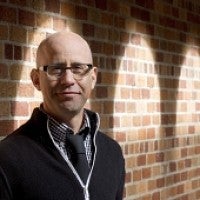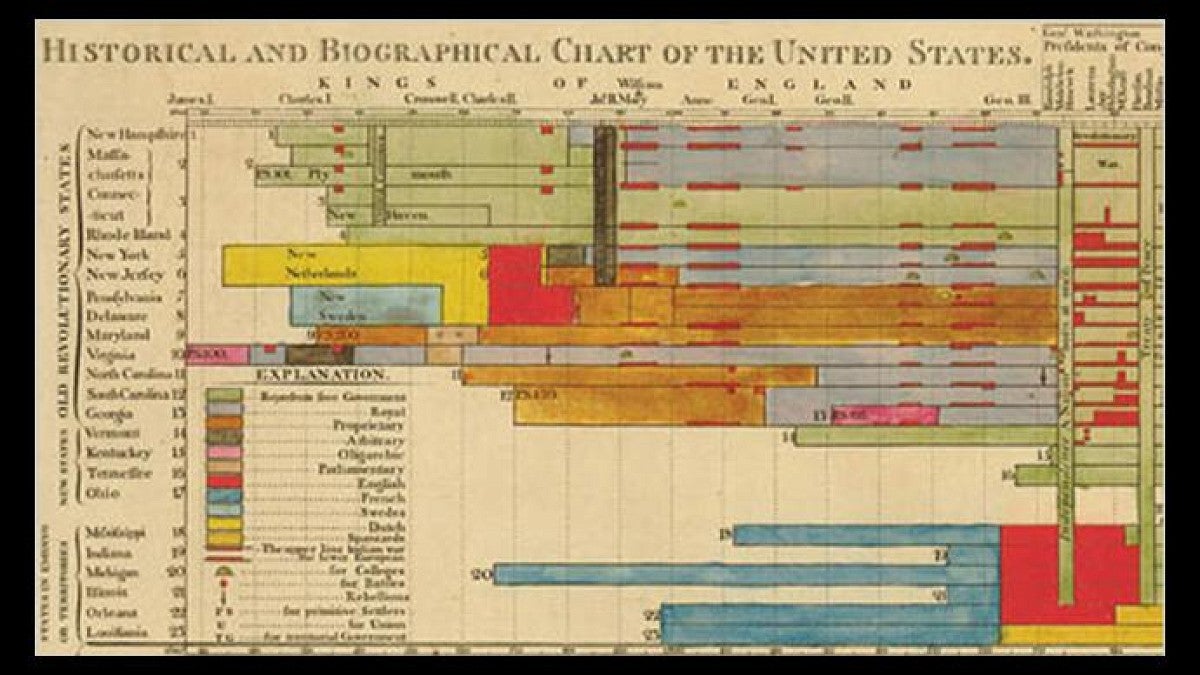The odds were against the Time Online project team, but after an extensive process, the UO-based digital humanities initiative was awarded a $75,000 grant from the National Endowment for the Humanities.
Of the $21.1 million the NEH grant allocated this year, only two projects in Oregon earned an award, and of those two projects only UO’s Time Online received the maximum funding allowed.
The project is an interactive history of infographic design, and it’s all about collaboration, according to its director and UO Robert D. Clark Honors College history professor Daniel Rosenberg.

“Our research team bridges four universities,” Rosenberg said. “There’s no way our group could have won the NEH grant without expert advice on the field of digital humanities from the UO Libraries and guidance through the application process from Research and Development Services. It’s astonishing the difference a great staff makes.”
Rosenberg’s NEH grant will support research, design and coding, bringing together historians, designers and programmers from four universities in as many states.
“Coming from the humanities, the whole world of sponsored research is a new frontier,” Rosenberg said. “The success rate in this particular NEH program is about 14 percent, so we did not go in thinking success was likely. At the same time, we believed in our project, and we had exceptional support in grant writing.”
The NEH Digital Humanities Start-Up Grant is one of the most prestigious awards in this new field.
Time Online will produce a “digital exploration of nine groundbreaking infographic charts from the past,” according to Rosenberg. Among the most important are two famous charts by the 18th-century scientist and theologian Joseph Priestley.
“Today, we mostly remember Priestley for discovering oxygen,” Rosenberg said. “But he was exceptionally versatile. In his own time he was just as well known for his innovations in data graphics. Priestley thought that abstract patterns in data could tell as much about human history as stories.”
Time Online will bring Priestley’s charts and others back to life on the web. At the same time, by reverse-engineering the old charts, it aims to recover the visionary interface design first tested in these “paper machines.”
“Creating an interactive digital work such as Time Online requires a group effort and a wide range of skills,” Rosenberg said. “Better understanding what that means for research in the humanities is one of our core goals.”
—By Craig Garcia, University Communications intern


